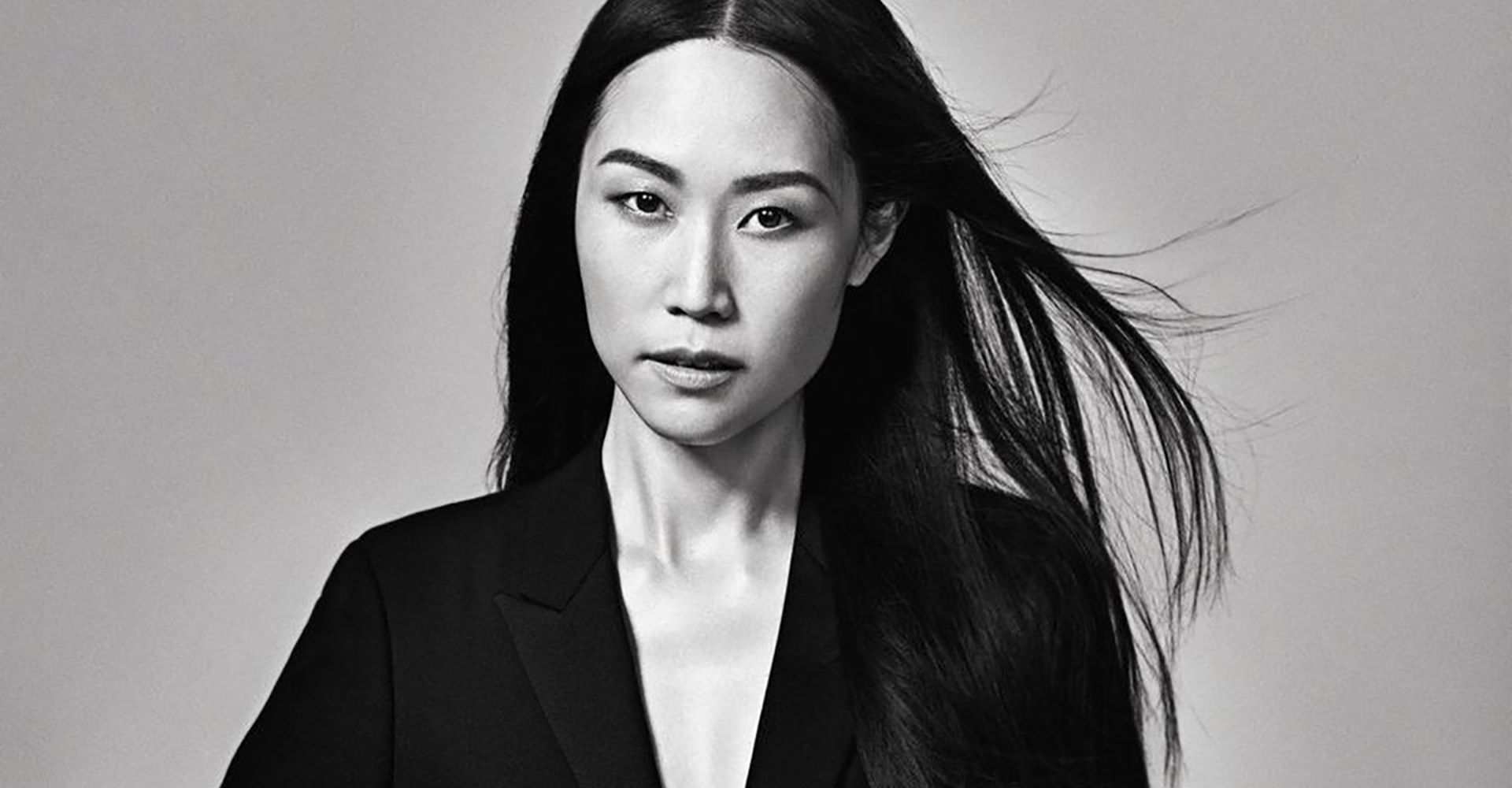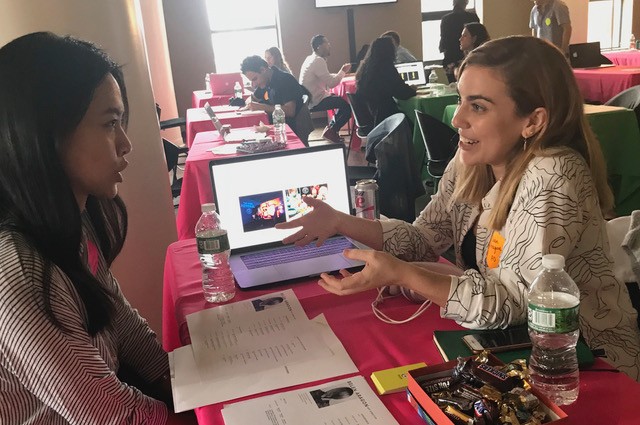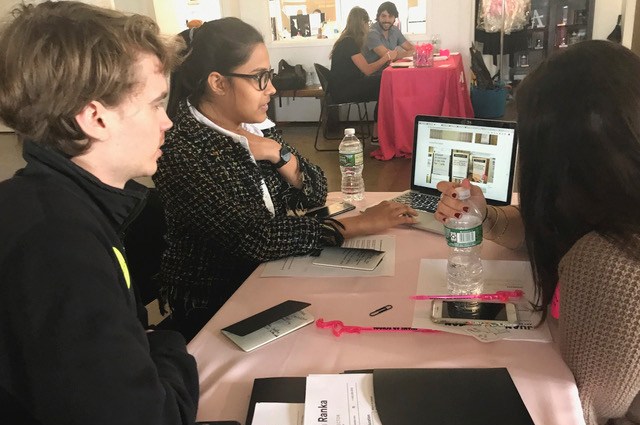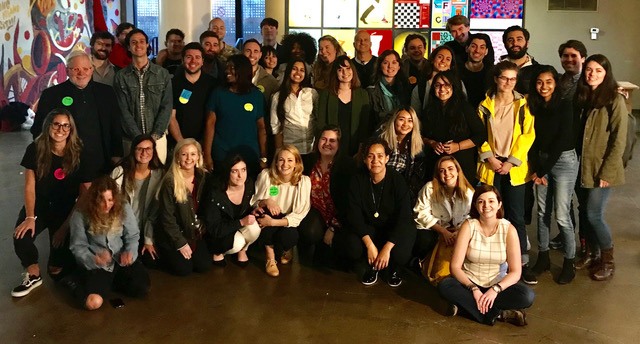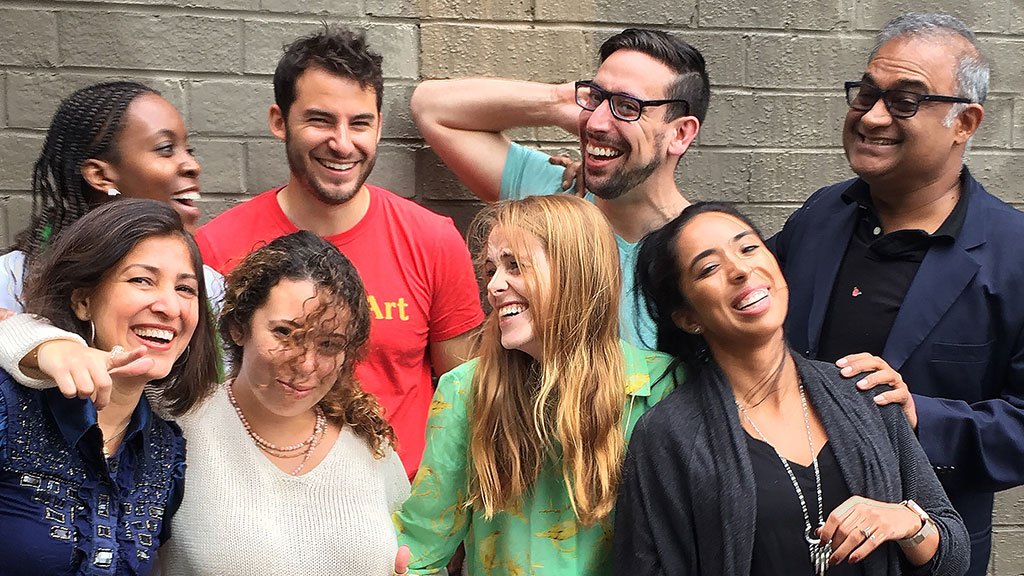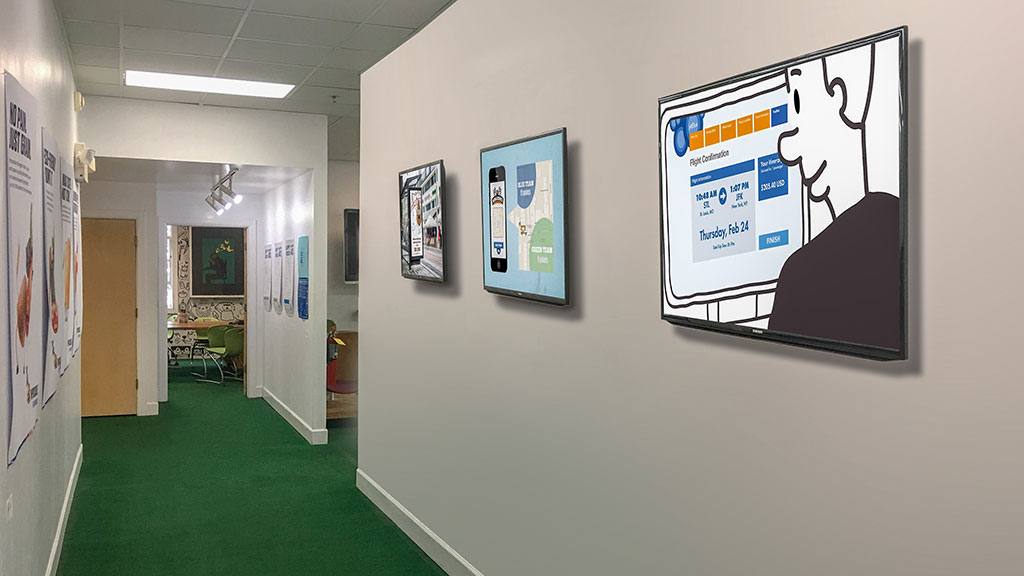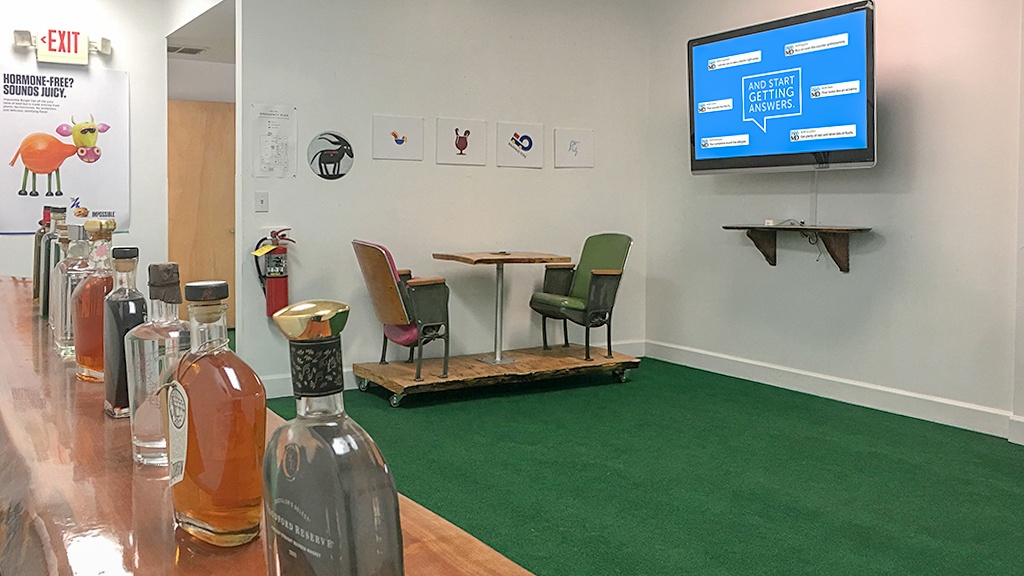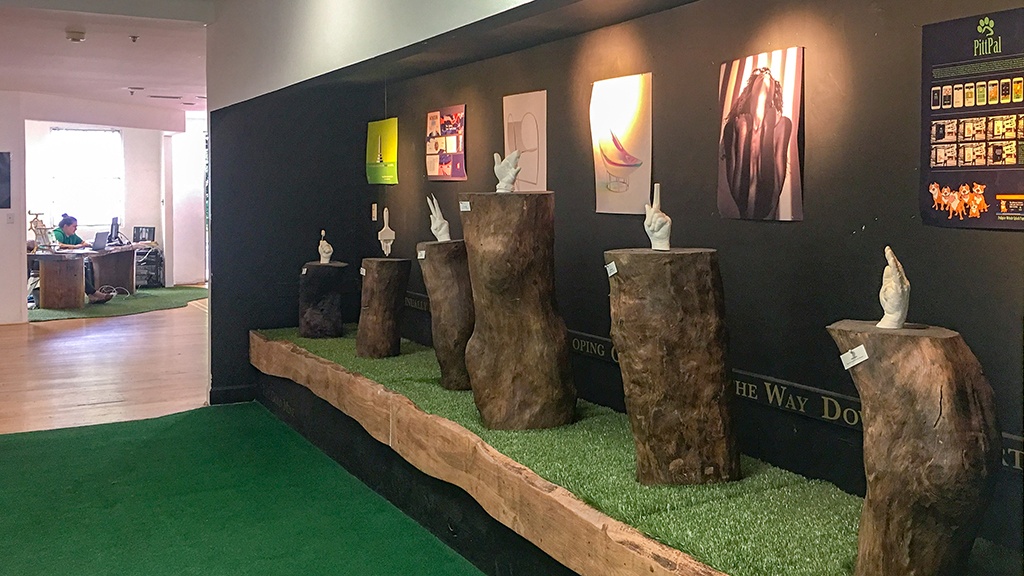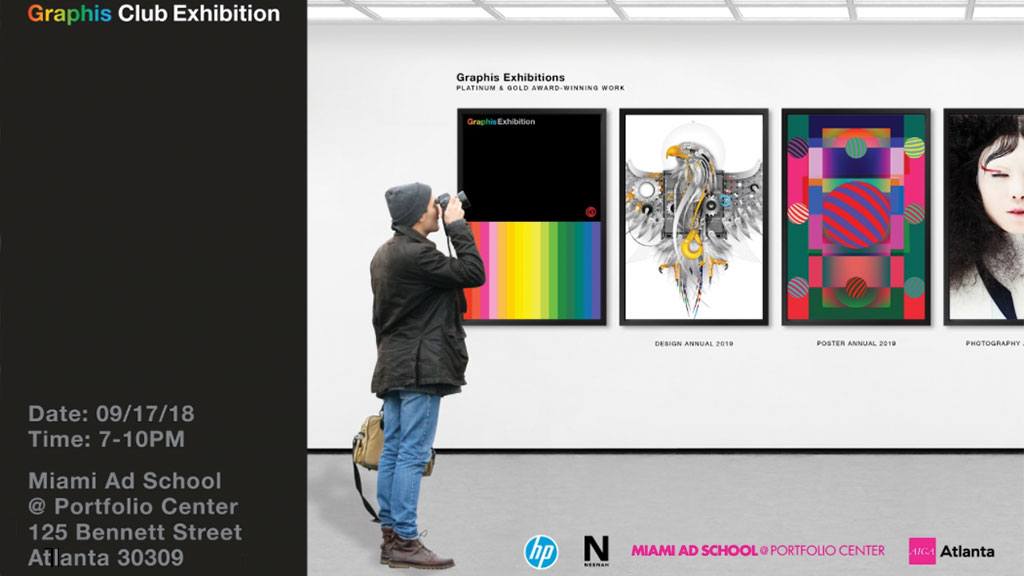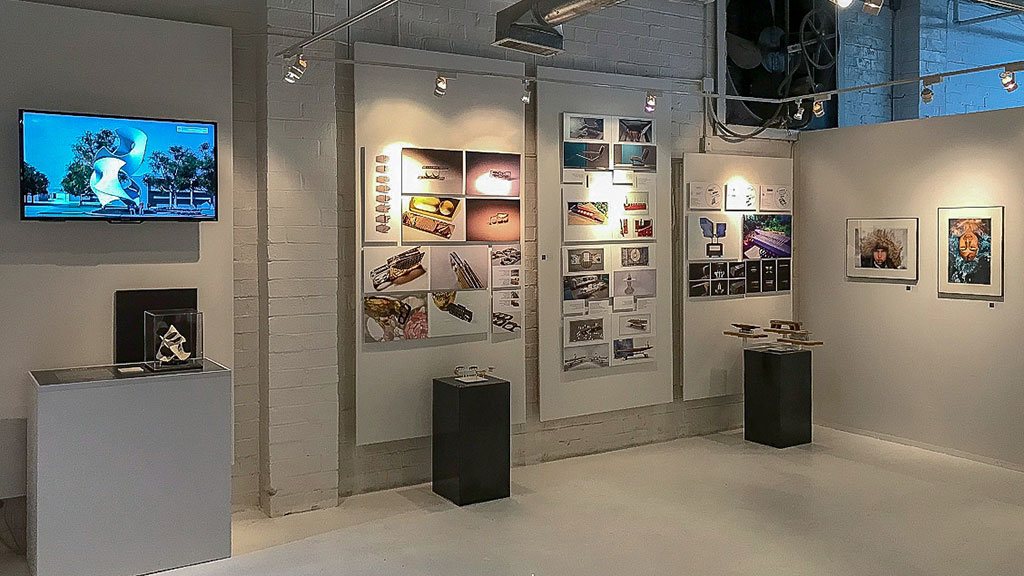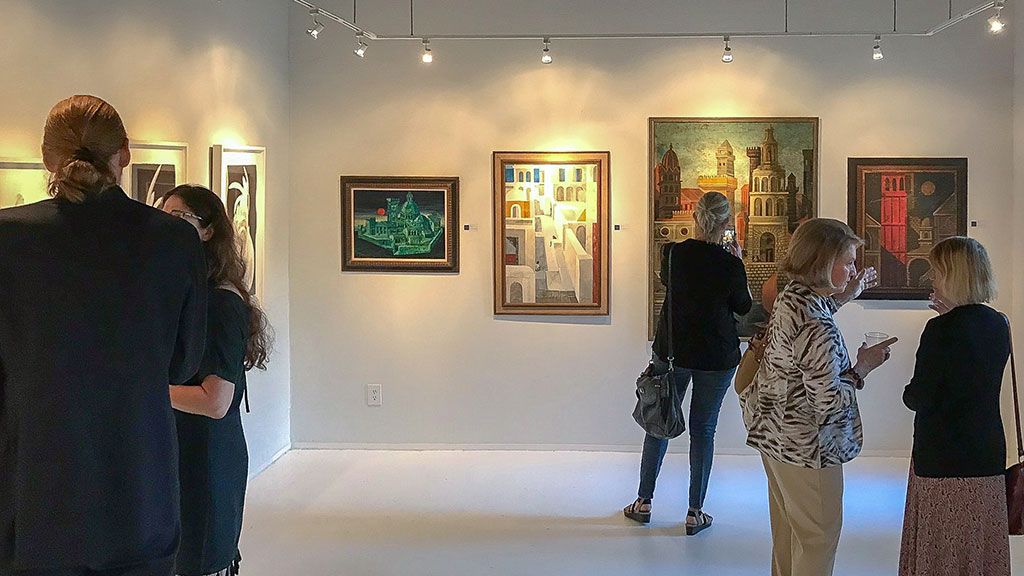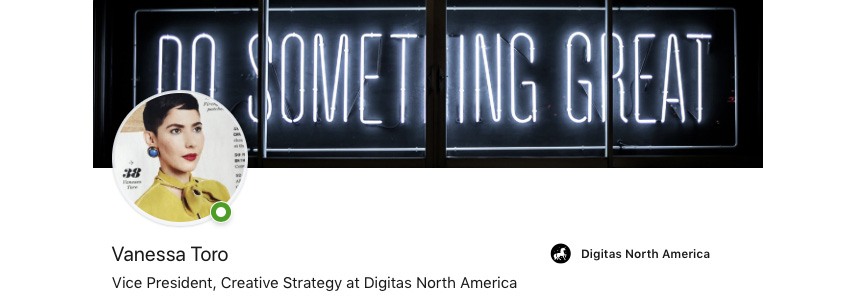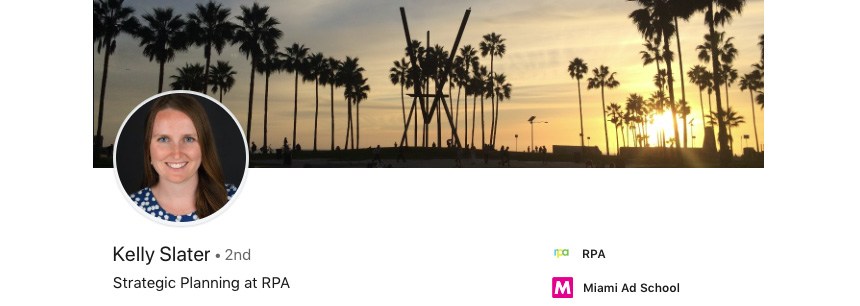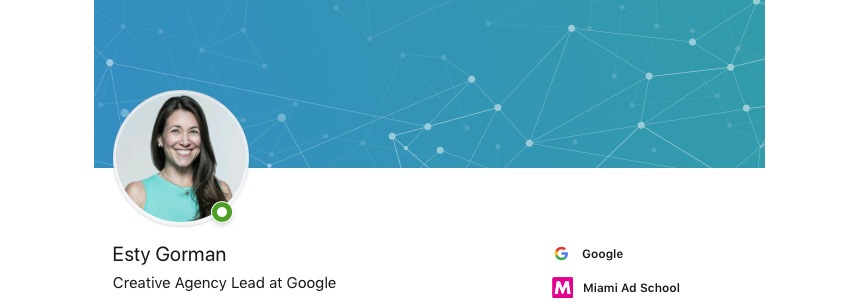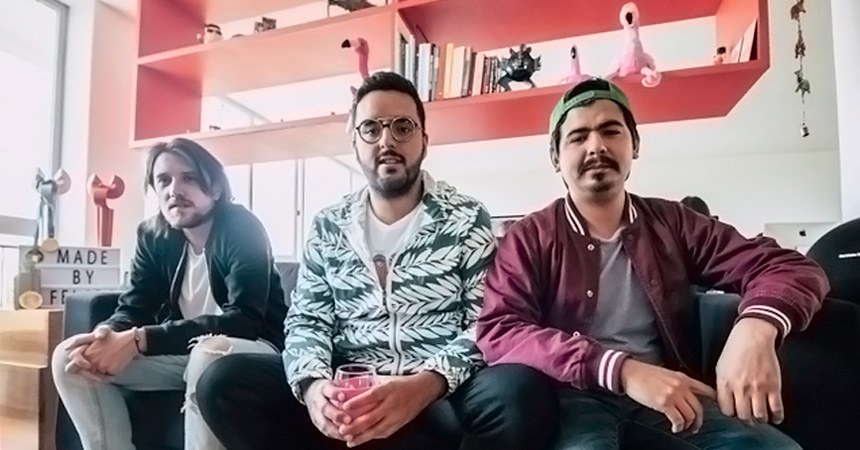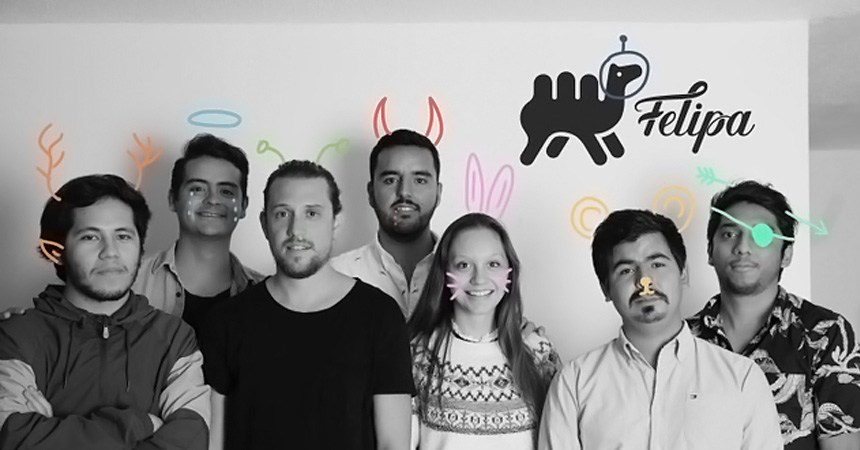It’s a big decision. So, having questions is only natural. Here are the top 10 questions we get asked about the school.
Insert drum roll here…
10. Do I need a degree to attend Miami Ad School?
No. While our “typical” student—in as far as we have a typical student—does come to us with an undergraduate degree (88% of them do), a high school diploma is the only educational achievement required for our program.
9. How are the schools different from each other?
The programs offered in each location follow the same curriculum. But, as you might expect, every school reflects the character of their city, and draws upon the local advertising and creative communities, so each offers its own unique opportunities. For example, Airbnb partnered with our San Francisco location on a project that will possibly be produced. Students in Miami have a special class taught by Anselmo Ramos, Founder and Chief Creative Officer at DAVID where they’re working on live projects for Burger King. But, with 16 locations around the world, the question isn’t where you want to go to school, but where you want to start your Miami Ad School journey. Where you go is up to you. (Not all programs are offered in every city, please check our website or contact your admissions coordinator for more details.)
8. What program do you think I should apply for?
You know you’re creative, but don’t know which program to choose? That’s okay. Once we see your creative samples and see how you think, we’ll be able to advise you. With over 8,000 graduates working in a variety of roles at agencies and design firms around the planet, we’re well-equipped to provide you with the guidance you need so can you choose the program that best suits you. Some students know exactly what they want to be and never deviate from that one bit. Other students are sure they want to be, say, an art director, but show outstanding talent as a copywriter and end up switching programs. Some people know they want to be designers but end up falling in love with photography. It’s a process, and it’s perfectly okay to change your mind about which program you choose.
7. Can I enroll in two majors at once?
There’s no need to enroll in two majors at once. The creative fields we teach are all interconnected and you’ll be exposed to multiple disciplines over the course of your studies. Copywriters will learn about art direction, art directors will learn about design. Designers will learn about photography and photographers will learn about copy. The process continues until everyone, despite their area of concentration and expertise, has a working knowledge of the other pieces of the creative puzzle and how they all fit together.
6. What is your acceptance rate?
Miami Ad School doesn’t run ads during the Super Bowl, or even during late-night reruns of “I Dream of Jeanie.” As a result, potential students like you have to seek us out. In fact, most are recommended to us by a friend or family member in the industry. Because of that, most our applicants are, in effect, self-selected before they apply. In most cases, creative submissions show ample aptitude and potential, so our admissions rate is high as a result. Our goal is making sure that an applicant has the maturity and work ethic to not only complete the program, but to land a job and thrive in the industry after graduation.
5. Can I arrange my own schedule so I can work while attending Miami Ad School?
Classes are scheduled when our teachers—all working professionals—are available. That means that most classes are in the evening. Their current experience in the field makes them such good teachers, but also limits their availability. As for working, we hope you don’t plan on working more than 20 hours a week. Your brain needs time off from the mundane so you can explore new ideas and your teacher can praise you with a, “BRILLIANT!”
4. Does Miami Ad School offer scholarships?
Miami Ad School currently offers annual Minority Advertising and Design Scholarships. Many more scholarship opportunities can be found here.
3. Does Miami Ad School offer Financial Aid?
Miami Ad School’s U.S. locations are approved for Federal Student Loans: Atlanta, Miami, New York and San Francisco. The following international locations offer financial aid as well: Berlin, Hamburg and Mexico City. Please check with the admissions coordinators in those cities for more information.
2. What is your placement rate?
Very high. Nosebleed high—94% placement within six months of graduation as of our last U.S. Department of Education reporting period, averaged across all of our programs and locations in the United States. Our placement team diligently works to bring our grads job opportunities. Many graduates meet their future employers at one of Miami Ad School’s Portfolio Reviews—where grads can expect to have up to 12 interviews in a single day. Some are hired as a result of impressive internship performances, some by teachers who spot a student they know is a “keeper.” The school receives hundreds of job opportunities every year—at all levels of experience—from agencies and firms looking to hire our graduates. These we pass along to our grads as part our Job Leads for Life program.
And the number one most frequently asked question is…
1. What is the average starting salary for graduates?
Based on the most recent graduate survey data, the starting salary for the overwhelming majority of Miami Ad School graduates in the U.S. is between $50,000 and $60,000 annually. We’re now seeing starting salaries of over $70,000 in certain parts of the country.
Did we answer all your questions? We didn’t think so. We know you’ve got lots more. Reach out to our admissions coordinators and they will be sure to answer any and all questions you may have. In the meantime, check our FAQ page for additional questions and answers.
